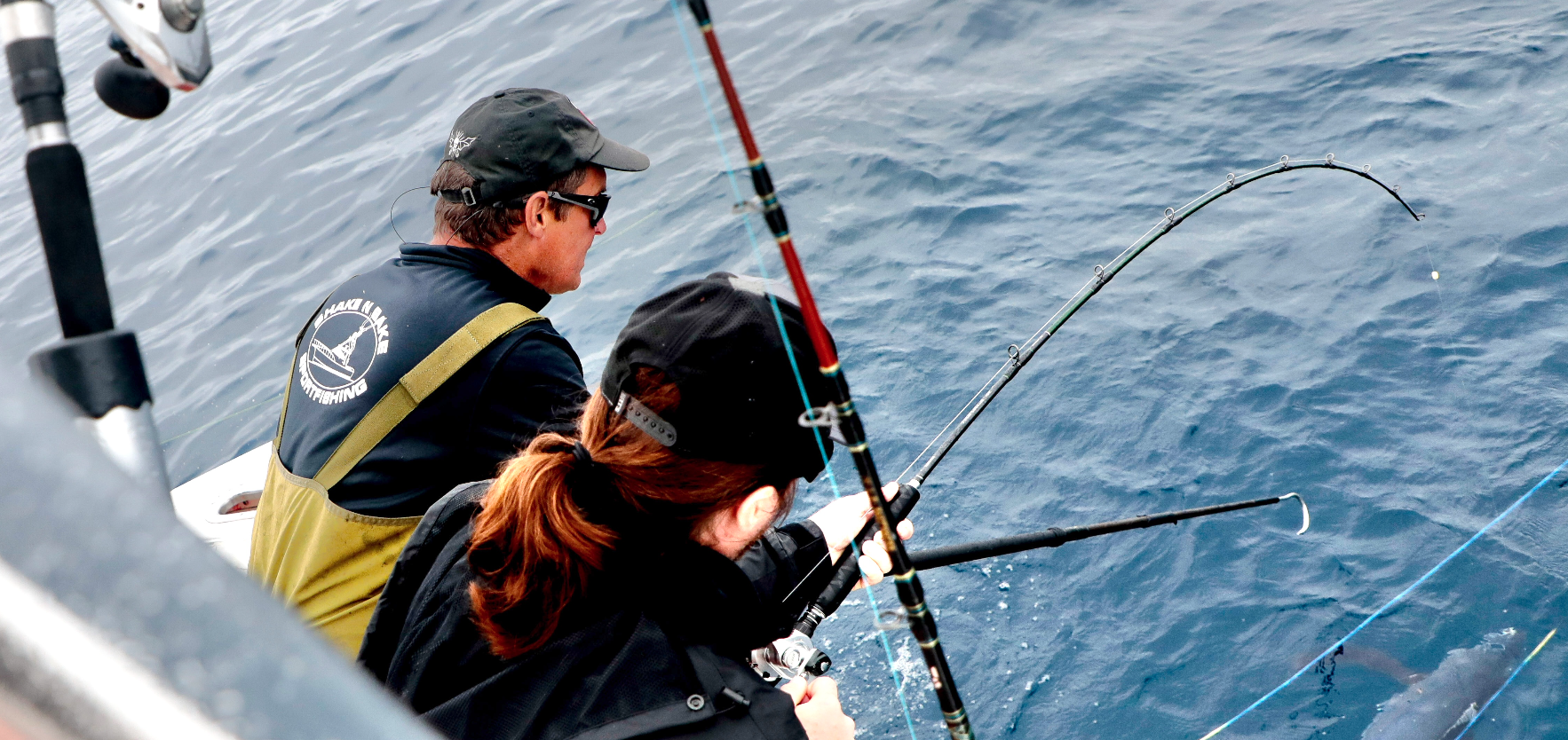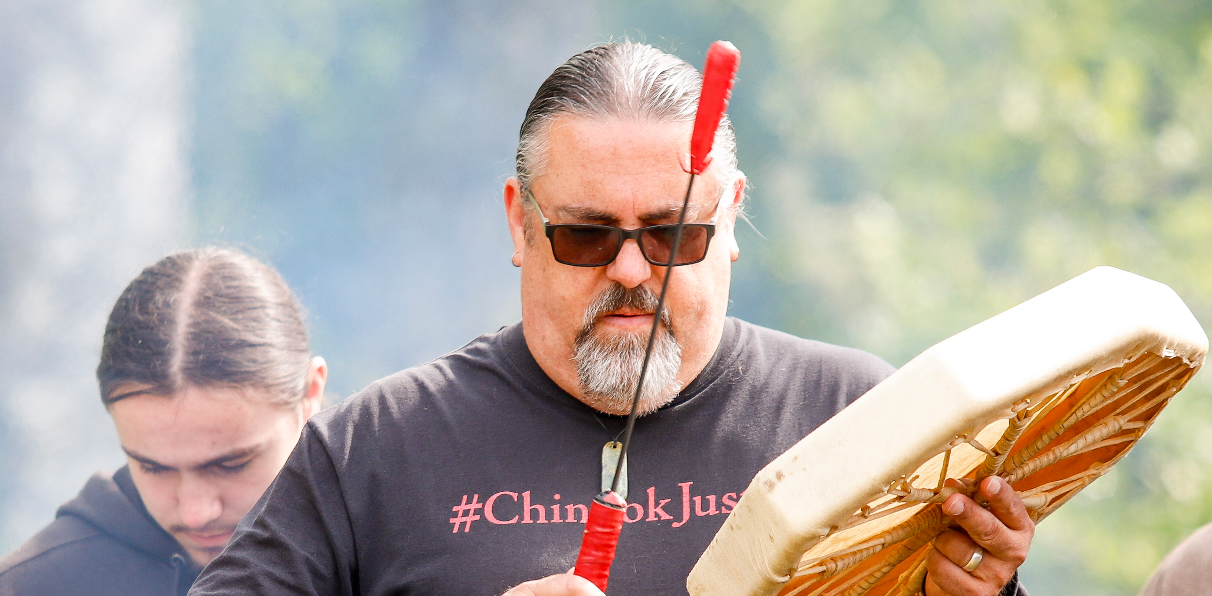North Jetty renewed
Published 10:53 am Thursday, December 19, 2019

- With construction complete. a giant crane and other equipment has been removed from Cape Disappointment State Park since this photo was taken. The construction area north of the jetty has been scattered with drift logs and other objects to help control wind and water erosion.
CAPE DISAPPOINTMENT — The U.S. Army Corps of Engineers has completed its long-planned effort to rehabilitate the North Jetty at Cape Disappointment State Park. While Benson and Waikiki beaches remained open throughout construction, the jetty, most of its access road and associated parking lots are only now accessible to the public.
Trending
The repairs were the second phase of the Army Corps’ ambitious effort to overhaul the three aging jetties at the mouth of the Columbia River. The Corps completed two years of work on the mile-long “A” Jetty in 2017, at a cost of about $30 million, according to the Corps’ 2012 “Major Rehabilitation Evaluation Report.”
Starting on Feb. 12, 2018 the Corps turned its attention to the 2.5-mile-long, 100-year-old North Jetty. Workers shored up weakened and damaged parts of the jetty, and filled in a lagoon that was eroding the base of the jetty as it neared Benson Beach. The project cost an estimated $80 million. General contractor J.E. McAmis placed more than 380 million pounds of rock on the jetty to strengthen it for decades to come.
During the third phase, slated to take place between 2019 and 2023, the Corps will rehabilitate the six-mile-long South Jetty at an estimated cost of at least $147 million.
Trending
The three “rubble-mound” jetties were built on large sand shoals between 1885 and 1939 to make it easier for vessels to pass between the Columbia River and the Pacific Ocean. Before the jetties were built, crossing the notorious, constantly-changing Columbia Bar was so treacherous that ships sometimes waited a month or more for favorable conditions.
“At best, crossing the bar was dangerous. At worst, it was not possible,” Corps officials wrote in their 2,566-page report.
To this day, the jetties play a critical role in the economies of Oregon and Washington, and in the “Columbia River plume” — the stream of nutrients and sediments that flow into the ocean, providing a key source of food for some endangered salmon species.
Keeping the Columbia River shipping route open requires constant effort, especially at the mouth of the river, where tidal and climate conditions are frequently severe.
The Corps has made numerous costly repairs caused by the large waves that routinely batter the jetties.
Most recently, the Corps made “critical repairs” to South Jetty in 2007 and North Jetty in 2015. Despite these efforts, the ocean has continued to eat away the jetties’ foundations, and reconfigure the contours of both the deep-draft shipping channel and the nearby beaches. That damage threatens both commerce, and the safety of vessels that use the navigation channel. In recent years, the deterioration has accelerated, increasing the risk that one of the jetties will fail, Corps officials say.
According to the project web page, “If a critical section of the jetties were breached during a large storm, sand could be deposited into the federal navigation channel potentially shutting down commercial shipping. That would bring shipping to a halt while the Corps made expensive emergency repairs and dredged the channel to make it passable again.
North Jetty is a popular sports fishing site. Local fishermen have already been using it to once again gain access to prime spots. The Corps has noted the structure was never intended as a recreational asset.
For more information, visit www.nwp.usace.army.mil/jetties.









